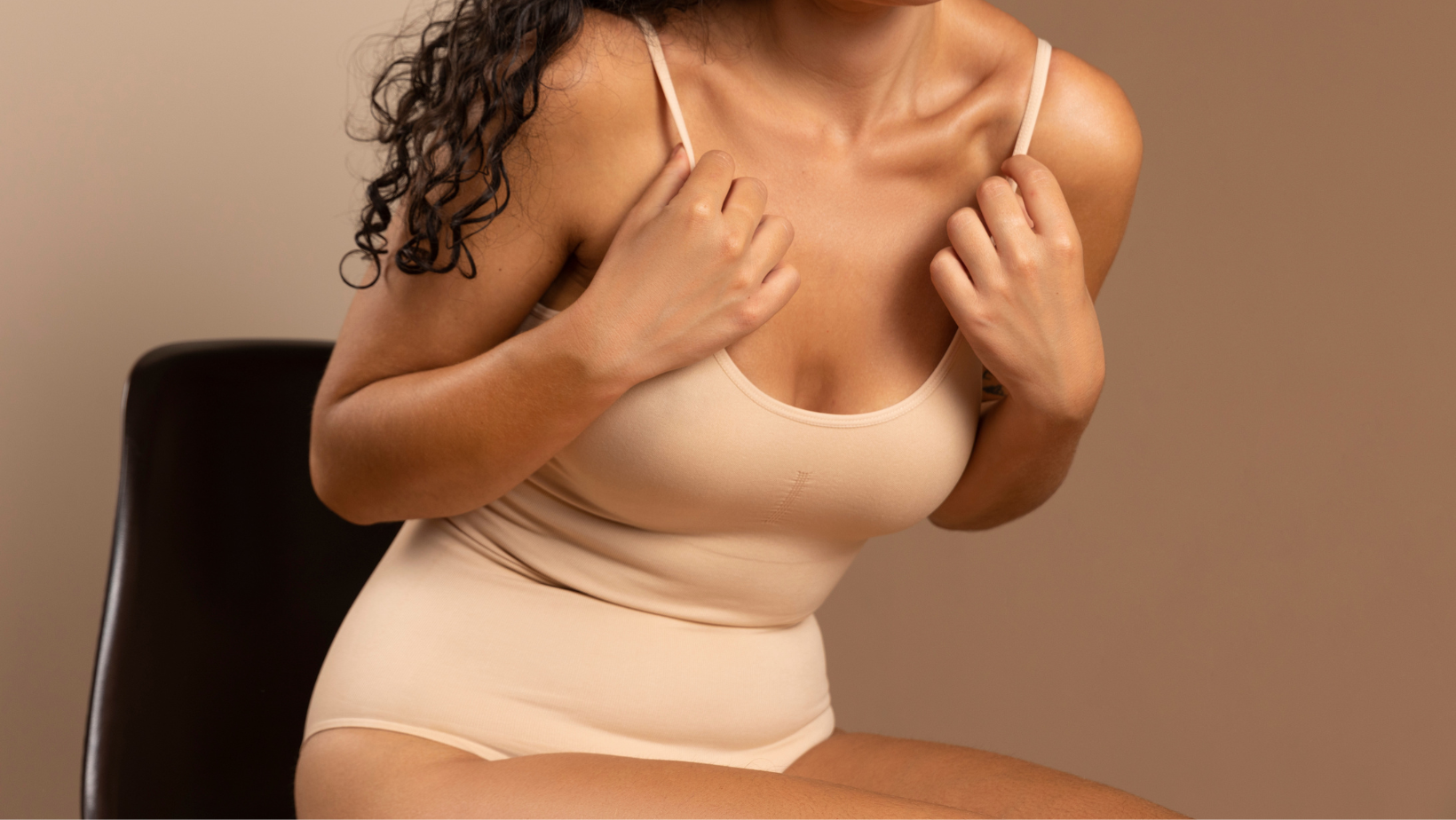Shapewear 101: Understanding the Science Behind Body Shaping and Compression

Shapewear has gained immense popularity as a solution for individuals seeking to enhance their body shape and achieve a smoother, more streamlined appearance. But have you ever wondered about the science behind how these garments work? In this blog post, we will delve into the fascinating science behind body shaping and compression in shapewear. By understanding the principles and technologies behind shapewear, you can make informed choices when selecting the right pieces and gain insights into the benefits they offer. Let's explore the captivating world of shapewear and its impact on body contouring.

The Basics of Shapewear
Shapewear is a type of undergarment that is designed to shape and contour the body. It is typically made from elastic materials such as spandex or elastane, which provide a snug and supportive fit. The primary goal of shapewear is to create a smoother silhouette by compressing and redistributing the body's soft tissues.
Compression: The Science Behind Shapewear
Compression is a key aspect of shapewear that contributes to its effectiveness. When you wear shapewear, it exerts pressure on specific areas of the body, which helps to redistribute fat and shape the contours. The compression provided by shapewear works by increasing blood circulation and stimulating lymphatic drainage in the targeted areas.

By improving blood flow, compression can help reduce the appearance of cellulite and promote a more even distribution of fat cells. Additionally, the pressure exerted by shapewear can help to support and lift sagging tissues, resulting in a firmer and more toned appearance.
Body Contouring through Compression
Shapewear utilizes targeted compression to shape and contour specific areas of the body. Different types of shapewear are designed to address various body concerns, such as the waist, abdomen, hips, thighs, and buttocks.
For example, waist trainers or waist-cinching shapewear apply strong compression to the midsection, creating a cinched-in effect and enhancing an hourglass figure. Shapewear shorts or leggings may provide compression to the thighs, hips, and buttocks, helping to smooth out cellulite and create a more streamlined appearance.

The level of compression can vary depending on the desired outcome and the specific shapewear garment. Some shapewear provides firm compression for maximum contouring, while others offer a lighter level of compression for everyday comfort. It's important to choose the right level of compression for your needs and comfort level.
Understanding Paneling and Support Structures
In addition to compression, shapewear often incorporates paneling and support structures to enhance its contouring effects. These features are strategically placed in key areas to provide targeted support and control.
Paneling refers to the use of different fabrics or materials in specific areas of the shapewear garment. For example, a shapewear bodysuit may have a reinforced panel in the tummy area to provide extra support and control. Paneling helps to shape and smooth out specific problem areas, allowing for a more tailored and sculpted look.

Support structures, such as boning or flexible rods, may also be incorporated into certain types of shapewear to offer additional support and create a more defined silhouette. These structures help to shape and lift the body, providing a more flattering appearance. For example, a shapewear corset may have boning to create a more pronounced hourglass shape.
Breathability and Comfort
While compression and contouring are essential, it's equally important for shapewear to prioritize breathability and comfort. High-quality shapewear often incorporates breathable fabrics and moisture-wicking properties to enhance comfort, allowing you to wear it for extended periods without discomfort.

Look for shapewear made from breathable materials like microfiber or cotton blends to ensure proper air circulation and minimize the risk of overheating or skin irritation. Additionally, seamless construction and flat edges can further enhance comfort by reducing friction against the skin.
It's important to choose the right size and fit when selecting shapewear to ensure optimal comfort and effectiveness. Refer to the sizing charts provided by the manufacturer and take accurate measurements to find the right size for your body.
Conclusion
Understanding the science behind body shaping and compression in shapewear allows you to make informed choices when selecting the right garments for your needs. By harnessing the power of compression, paneling, and support structures, shapewear can enhance your body shape and boost your confidence. Remember to prioritize comfort and breathability when choosing shapewear to ensure a pleasant wearing experience. With this newfound knowledge, you can confidently embrace the transformative effects of shapewear and achieve the silhouette you desire.


Leave a comment